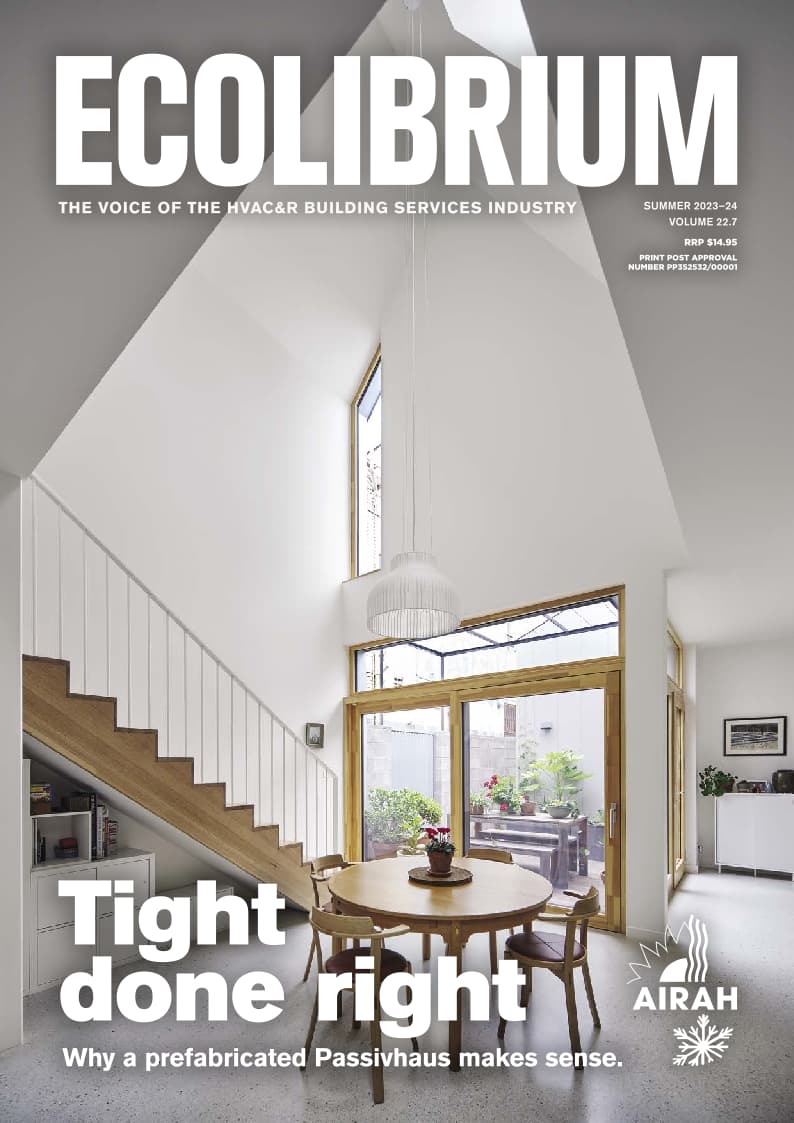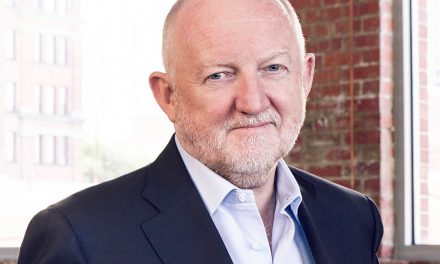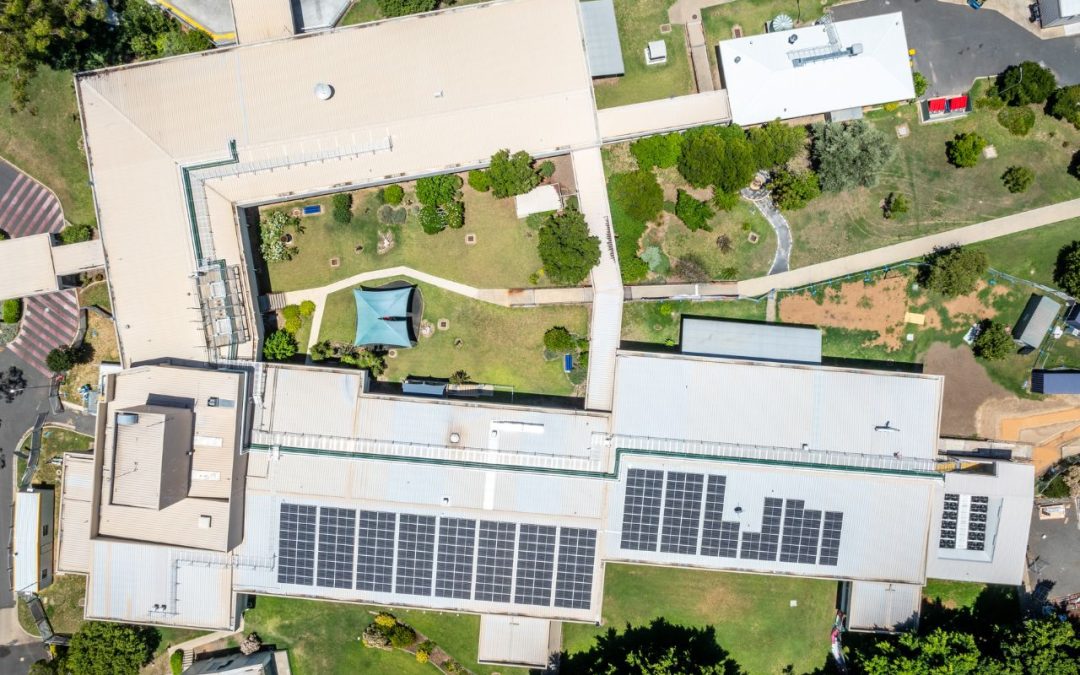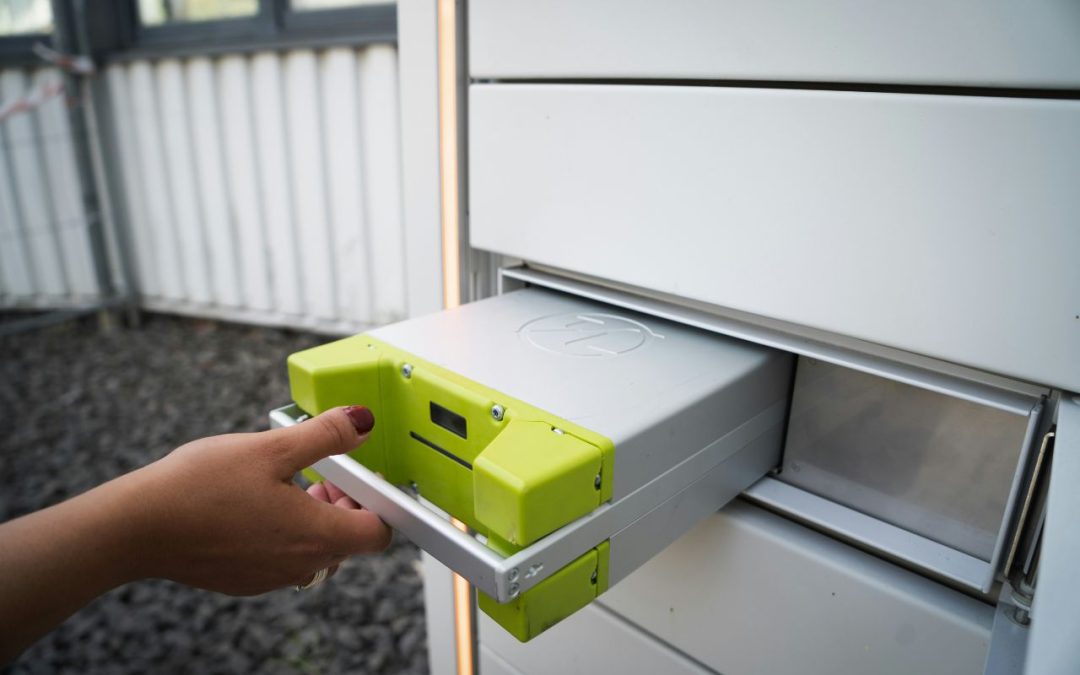Are you having trouble keeping your employees? Do they shoot through when a competitor offers them more money? If you answer “yes”, then the chances are you’re not running a sustainable “Honeybee” business – and losing your workers is costing you money, as well as the labour you need.
Sometimes employees don’t think about the leadership culture at work. They assume that it feels the same wherever they work, so why not chase the money? But workplaces are not the same everywhere. Some are great places where teams enjoy being at work and are engaged with what they do for customers. Here, employers care about the wellbeing of their people, customers, suppliers and other stakeholders.
The toxic topic
The reality is that some workplaces are simply toxic, focused on bringing in the money at the expense of employees and suppliers. Customers feel the resulting lack of engagement, and business tends to be poor in these toxic organisations.
Think about yourself as a customer – wouldn’t you rather shop or have work done by people who love what they do?
If an employee doesn’t like the workplace, then who can blame them for moving to where the money is better? While this might benefit the worker involved, it typically leaves a gap in servicing customers, puts more strain on the team left behind, and actually costs the business money.
Part of the cost is visible in advertising, recruiting and onboarding new people. However, some costs of replacing staff are indirect, and so remain completely hidden from our balance sheets. Estimates are that replacing an employee costs between 50 per cent to 200 per cent of their salary.
Honeybee practices
- Training and developing the people you have (a strong motivator for employees)
- Taking a long-term ethical approach to the business (employees seek “good” companies to work for)
- Treating all your stakeholders well (a strong motivator for employees)
- Having a clear purpose and vision for the business (purpose-driven firms perform well)
- Protecting the environment (employees seek “good” companies to work for)
- Supporting the local community (employees seek “good” companies to work for)
- Fostering diversity and inclusion (a strong motivator for employees)
- Offering each employee a career path and succession plan (a strong motivator for employees to stay)
- Embracing some of the Sustainable Development Goals (employees seek “good” companies to work for).
Exemplars to observe
We’ve just analysed a large Sydney engineering and design firm that demonstrably operates on Honeybee leadership. This is a story for next time.
Perhaps you aspire to a BMW – made by another Honeybee company. Or maybe you’ve recently used some building chemicals produced by Ardex, another Honeybee business.
Or you may have an insurance policy with Allianz, which is also run along Honeybee lines. Honeybee companies like these weather wars, financial crises and pandemics because of their resilient core. This resilience is created in the belief that they are there to serve the community, the future and their investors by adding value to people, society and the planet.
And their businesses do well. Employees flock to work for these organisations, and once there they tend to stay. Employee turnover at Honeybee companies is typically around 2–3 per cent per annum.
Why not add some Honeybee practices to your business? Each individual practice adds value.












